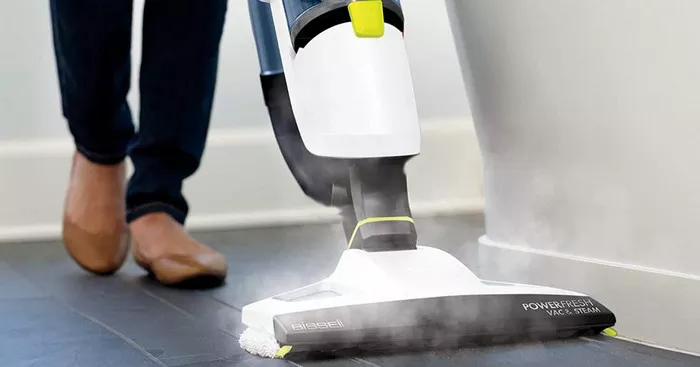In the past 2024, robots ushered in an unprecedented historical highlight.
An old professor who has been doing research in the field of robots for half his life once lamented:
“I couldn’t imagine receiving conference invitations so frequently and having so much money invested in my research field when I first entered the industry.”
It is also after robots have a sexier name-embodied intelligence that sweeping robots, whose product design is already quite mature, have a new design path.
At CES 2025 held in the United States in the past few days, Chinese robot manufacturers added “mechanical arms” to sweepers and began to test embodied intelligence.
At CES 2025, we saw two Chinese robot manufacturers add “mechanical arms” to sweepers. This is a structural design. They are Stone and Dreamie, which both have “Mi” genes.
This is not the first time that the two manufacturers have launched a “mechanical arm” design.
The last time the “robotic arm” was applied, it was to increase the freedom of the mop used by the sweeper or the side brush used for sweeping the floor, so that it had the function of telescopic expansion. This function was eventually used to improve the corner cleaning ability of the sweeper.
At that time, such a “robotic arm” solution was widely popularized in China and became the standard configuration of several flagship models of mainstream sweeper products in 2023.
Unlike the last “robotic arm” that could expand the mop several centimeters, this time, the Chinese robot manufacturer directly added a robotic arm equipped with a gripper to the sweeper, so it was officially called a “robotic hand”.
Taking the robot vacuum cleaner equipped with a robot as an example, its workflow is as follows:
First, the hatch on the vacuum cleaner is opened, and the double-folding robot extends from the cabin. The robot is bound to the fuselage binocular system to identify obstacles on the ground;
Second, the gripper is also equipped with an RGBD camera, which cooperates with the fuselage binocular system to reconstruct the point cloud of the obstacle, thereby obtaining the gripping point of the robot;
Finally, the robot senses the obstacle, selects the gripping point of the object, performs the gripping action, and puts the obstacle in the specified position.
Through such a set of workflows, the logic of the vacuum cleaner for floor cleaning in the home is reconstructed.
In the past, sweeping robots followed the logic of sweeping first and then mopping, sweeping and mopping at the same time, and mopping again when dirty. After adding the robot, the current cleaning logic has become:
The first step is to perform a complete cleaning based on the previous cleaning logic. When encountering obstacles during the first mapping process, the obstacle avoidance method is still used to bypass and identify the obstacles to determine whether the obstacles can be grabbed;
The second step is to grab and sort the (grabable) items/obstacles after completing the overall cleaning, and put the grabbable obstacles in the designated location, such as putting slippers in the porch and toys in the toy room;
The third step is to perform a supplementary cleaning on the areas that were missed due to the accumulation of obstacles.
As for why such a design was made, the official explanation given by Dreamie is that when conducting scene research, Dreamie found that users have two pain points when using sweeping robots:
One is the cleaning of the ground in a narrow space, and the other is the need to manually organize the debris on the ground.
This also became the design inspiration source of the sweeping robot.
It is reported that the robot arm on the sweeper displayed by Dreame at CES 2025 can pick up 400g objects within 30cm of the body. In addition, the official has designed a separate cleaning tool accessory compartment for this robot arm to provide convenient tools for the robot arm.
Of course, this design idea is more or less related to the current embodied intelligence craze.
Embodied intelligence has not only made humanoid robots unprecedentedly popular, but the large model technology behind it has also given the sweeper, a mature commercial robot product, a direction for further evolution.
According to previous understandings by Zinc Industry, domestic mainstream sweeper manufacturers have already conducted in-depth research on artificial intelligence algorithms, and as far as large model technology is concerned, they have also begun to get involved and conduct research as early as two years ago.
In a sense, this robot arm is also a solution for large-model floor-standing sweepers.
Related topics:

